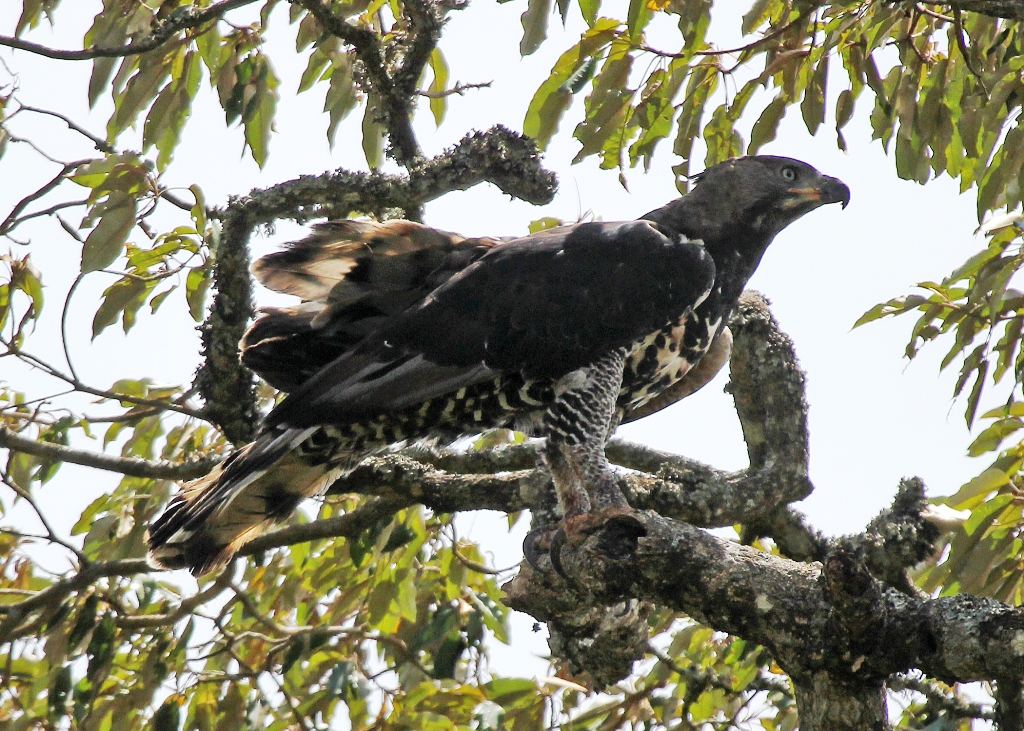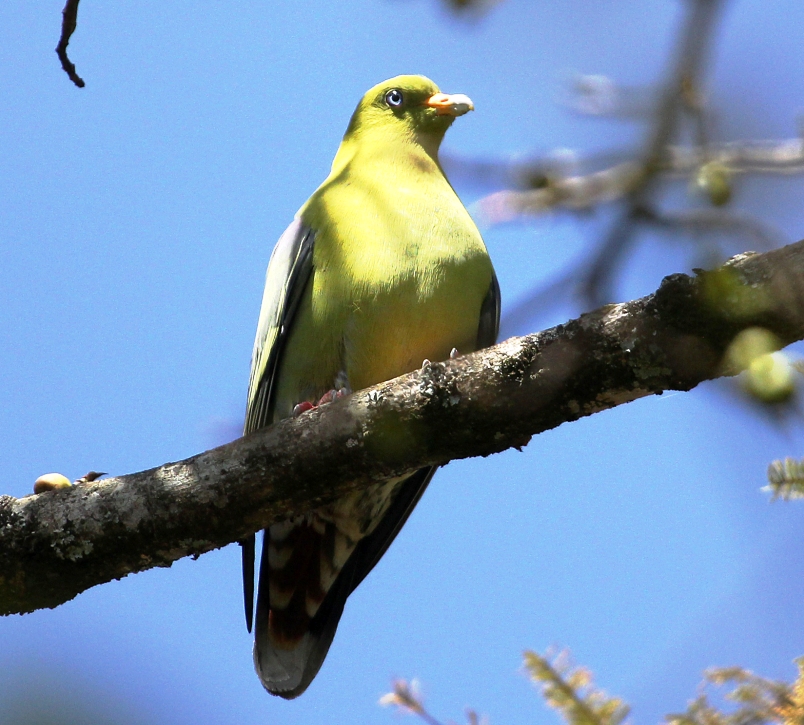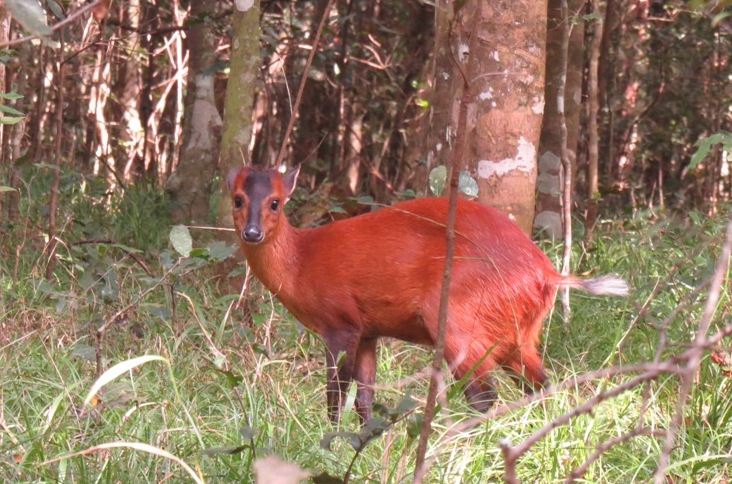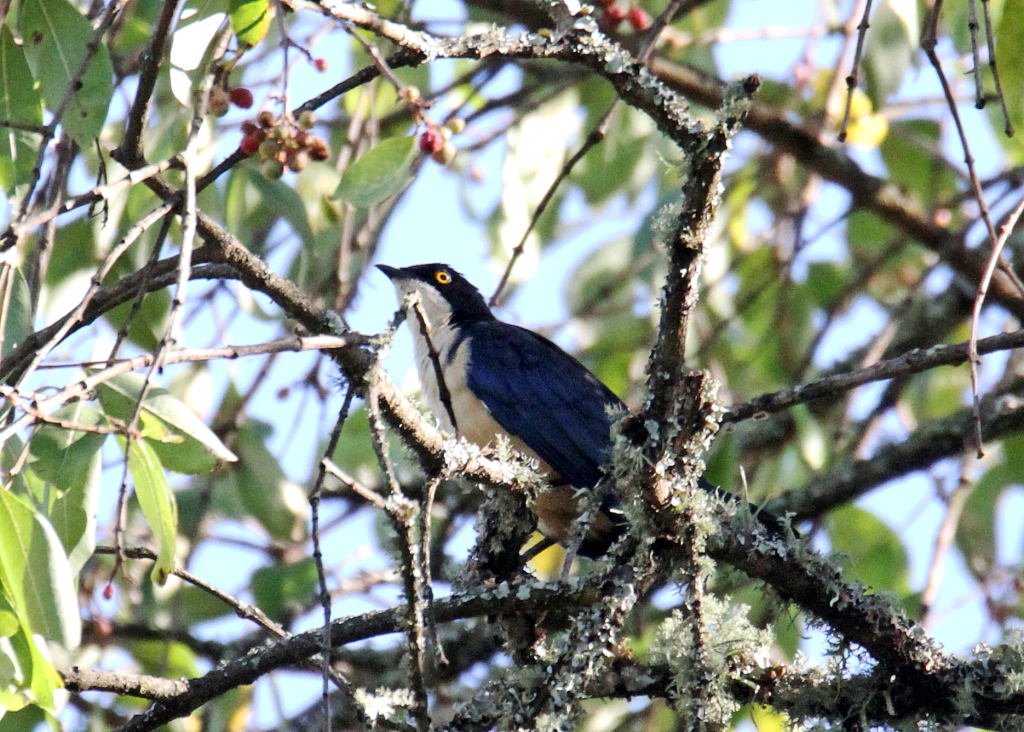Aberdare National Park Ranges are the third highest range of mountains in Kenya, reaching a summit of just over 4000 meters. Aberdare range is one of the major water towers in Kenya, being the source of many big rivers and countless streams. The major rivers from Aberdare Forest are Athi and Tana, which flow into the Indian Ocean, Ewaso Nyiro which passes through Samburu and Shaba Game Reserves and drains into the Lorian Swamp and River Malewa which drains into Lake Naivasha.

The Athi, Lake Naivasha, Tana, and Ewaso Nyiro River Basins have their source in Aberdare Forest Reserve. The Aberdare mountain forests are catchment areas for the Tana River, the largest river in Kenya, supplying water to the Seven Forks hydroelectric power complex that generates over 55 percent of Kenya’s total electricity output. This expansive range is well known for its thick outstanding forests, and its plentiful bird species and wildlife. Picturesque, steep forested ravines, and open moorland characterize the Aberdare National Park. Moorlands and plains break the high-altitude forests, and through the abundant tree cover, there are sensational views of the Rift Valley and the peak of Mount Kenya. The Aberdare Park has a 400-kilometre electric fence encircling it, which helps restrain the human-wildlife conflict. The name Nyandarua means ‘pegged hide’ in the Kikuyu language perhaps because the Aberdare Mountain Ranges resemble an animal skin pegged out to dry. The Aberdares are the water catchment area for the Sasumua and Ndakaini dams, providing most of Nairobi’s domestic water. Aberdares Ranges has several peaks which are popular with mountain hikers Among the popular peaks are Ol Donyo Lesatima (4,001 meters), Kinangop (3,906 meters), Elephant Hill (3,906 meters), and Chebuswa Hill (3,364 meters) and Twin Hills (3,300 meters).

Wildlife in Aberdare National Park
Aberdare National Park is a shelter for diverse mammals such as Elephants, Black Leopards, Spotted Hyena, Olive Baboons, Mount Kenya Guereza, Buffalo, Warthog, Bushbuck, and Common Bush Duiker. Uncommon sightings in a birding tour in Aberdare include those of the Giant Forest Hog, Endangered Mountain Bongo, Golden Cat, Melanistic Serval Cat, African Wild Cat, African Wild Dog, African Palm Civet, African Civet Cat, and Blue Duiker. Nature lovers can enjoy picnic sites, birdwatching, summiting the peaks, trout fishing in the rivers, and camping in the moorlands. Recently in one of the water holes, an Elephant was captured with twins. Birding in Aberdare National Park can also be explored by vehicle, or on foot. There are trekking trails throughout the forests and across the moorlands that are quite productive in birdwatching. A few days spent here is one of Kenya’s best forest treks. The foothills of the Aberdare are ideal for exploring on horseback and there are crystal-clear mountain streams that flourish with Trout. Aberdare National Park is a great place for waterfalls. Karuru Falls in the Aberdares National Park is a place of many unique wonders of nature. Being the tallest waterfall in Kenya, Karuru Falls is located in the Aberdare ranges, plunging 273 meters below the viewing point.

Aberdare National Park is an exciting birding hotspot, the park has a diverse set of habitats each having spectacular bird sightings and high-quality wildlife viewing with absolutely breathtaking scenery up in the mountain
Aberdare National Park forests and moorlands are a birder’s bliss with more than 250 bird species seen and recorded. The unique and endemic Jackson’s Francolin will be seen feeding on any aberdare birding tour along the many nature trails in the park. The shy endemic Aberdare Cisticola distinctive to the Aberdare ranges may also be seen singing in the grasslands at higher altitudes. Several elegant sunbirds are found in the park too, such as Malachite, Green-headed, Golden, and Scarlet-tufted Malachite which are not common in other birding destinations in Kenya. Cassin’s Hawk-Eagle– a true forest raptor, uncommon with limited sightings in Kenya has been seen in Aberdare. The scarce Abbott’s Starlings,

Notable Birds in a Birdwatching Tour Aberdare National Park; African Green Ibis, Rufous-breasted Sparrowhawk, African Cuckoo-Hawk, Mountain Buzzard, African Crowned Eagle, Cassin’s Hawk Eagle, African Hobby, Scaly Francolin, Jackson’s Francolin (Endemic), Red-chested Flufftail, Eastern Bronze-naped Pigeon, Olive Pigeon, Red-fronted Parrot, Hartlaub’s Turaco, Barred-long-tailed Cuckoo, Blue-headed Coucal, African Wood Owl, Cape Eagle Owl, Red-chested Owlet, Scarce Swift, Green Wood-hoopoe, Trumpeter Hornbill, Mustached Green Tinkerbird, Red-throated Wryneck, Abyssinian Ground-Thrush, Cinnamon Bracken Warbler, Brown Woodland Warbler, Aberdare Cisticola (Endemic), Scarlet-tufted Malachite Sunbird, Montane Oriole, Abbott’s Starling, Brown-capped Weaver, Sharpe’s Longclaw.
A full-day birding in Ol Pejeta Conservancy offers a wealth of possibilities, the park hosts exciting bird species and special animals. Ol Pejeta exhibits such a versatile geography, endowed with endless rolling plains, rivers, marshes, and wetlands which are responsible for the great variety and abundance of birds and mammals
